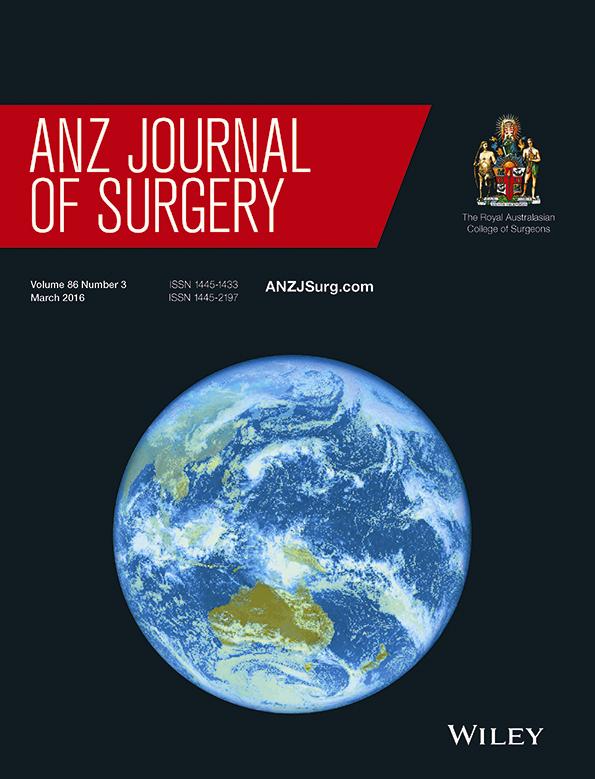Systematic method for initial rapid analysis of maxillofacial computed tomography scans for surgeons in training
Abstract
Background
Reading maxillofacial computed tomography (CT) scans is a basic skill for any surgeon who operates on the face. A standard systematic approach for how to read a maxillofacial CT scan from a surgeon's perspective is lacking in literature, particularly for those in the early stages of training. We present a method of initial rapid analysis which our residents in training have responded to and report to be conceptually simple to apply.
Methods
The senior author reviewed over 250 consults for face trauma and performed a detailed composite of the most common elements of each consult as well as the clinically relevant decision points. These elements were then bundled into a conceptual sketch of the skull-face-mandible with an accompanying standardized clinical data list. The new residents were then guided through a systematic approach to reading the scans while sketching the injuries identified. The authors then performed a survey to establish if the new method was helpful to early learners prior to and after adoption of the method. The survey consisted of five questions regarding the utility of the method for analysis of reading maxillofacial CT.
Results
In total, seven residents were surveyed; 100% thought the technique made reading facial CT easier, 100% thought this method was easy to teach to junior residents and 86% found the analysis of facial CT easier and helped their surgical decision making.
Conclusion
We present a systematic method for surgeons to evaluate facial CT scans. This is the first published account of methodology for maxillofacial CT analysis for surgeons.




